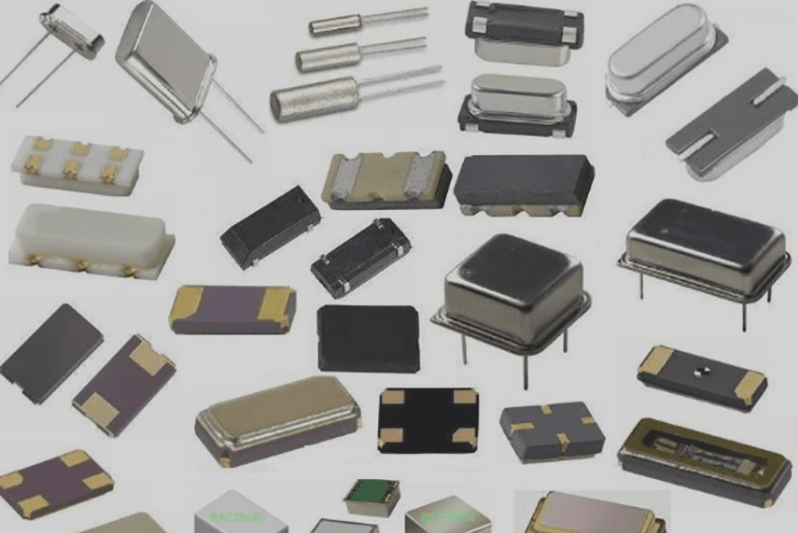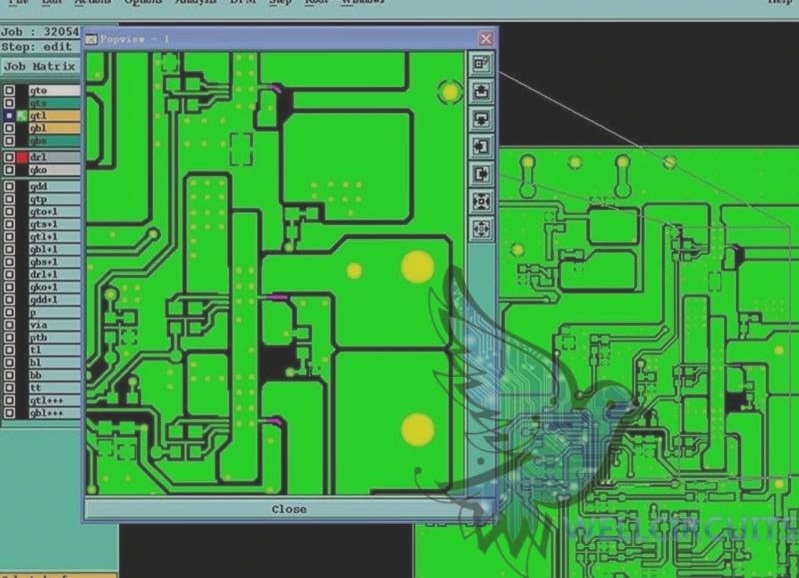Analyzing Crystal Oscillator Burnout in PCBA Assembly
1. Improper Hand Soldering Operation
- Damage to the internal wafer silver plating layer due to high temperatures during hand soldering can result in poor resistance and failure to initiate crystal vibration.
2. Excessive Excitation Power
- Improper selection of excitation power can lead to increased temperature in the quartz wafer vibration area, destabilizing the frequency and causing irreparable deformation and frequency deviation.
Excessive excitation power can also damage the conductive adhesive, leading to internal circuit breakage and crystal vibration cessation.
Passive crystals in circuit applications usually experience low voltages, reducing burnout occurrences. However, misuse of active crystals requires caution.
Burnout Scenarios for Active Crystals
1. Incorrect Voltage Input Direction
- Misconnection of the voltage input, like applying voltage to the ground pin instead of the designated input pin, can cause current flow and burnout.
2. Input Voltage Parameter Selection Error
- Supplying a higher voltage than the crystal oscillator’s rated voltage poses a significant burnout risk.
Active crystals are vulnerable to destruction from overloaded high-voltage supplies. Correct voltage connections and parameters are crucial to prevent burnout incidents.
Learn more about crystal burnout and common PCBA assembly issues.


